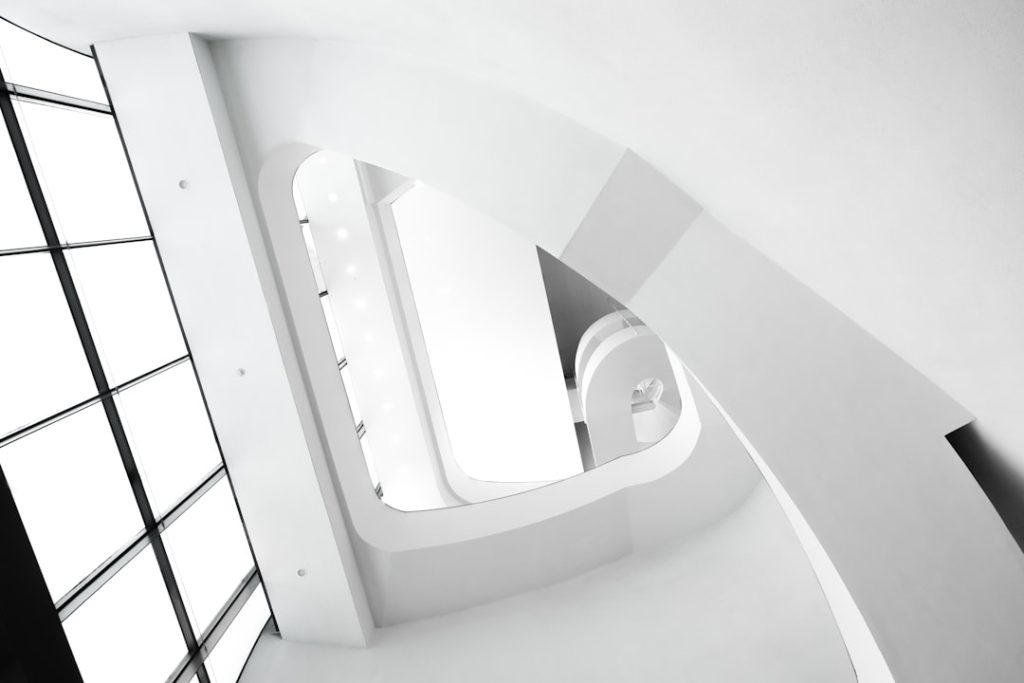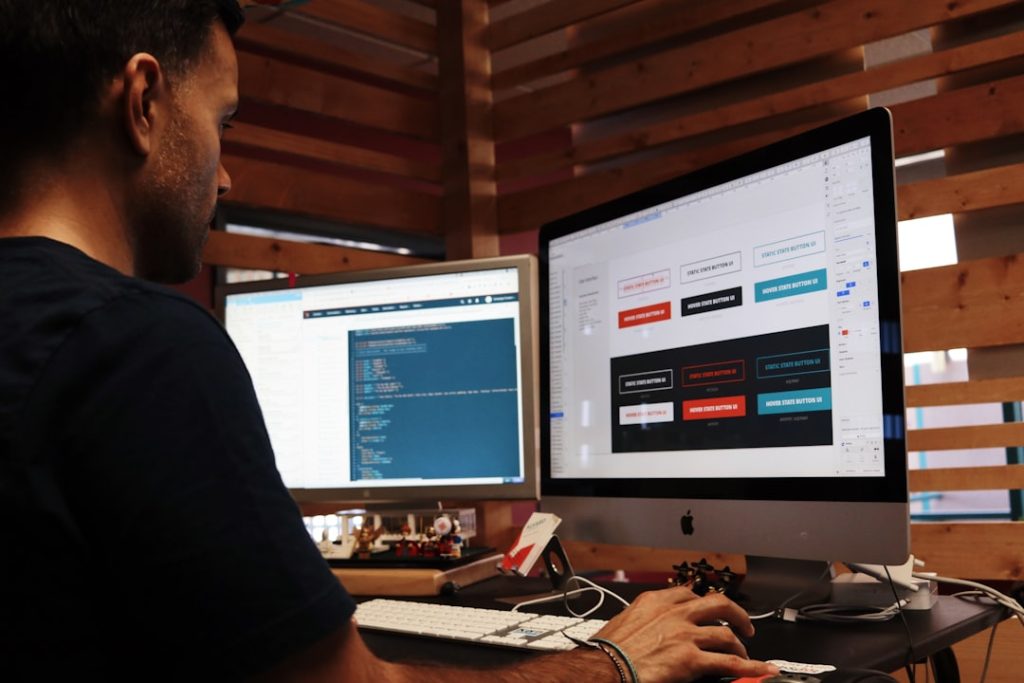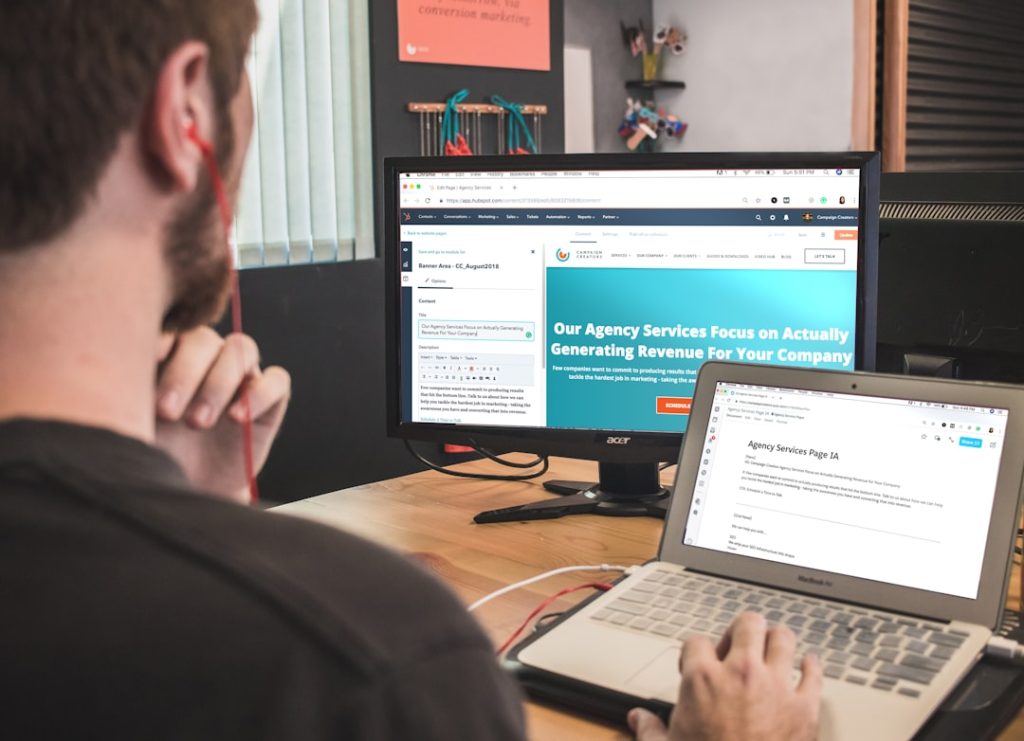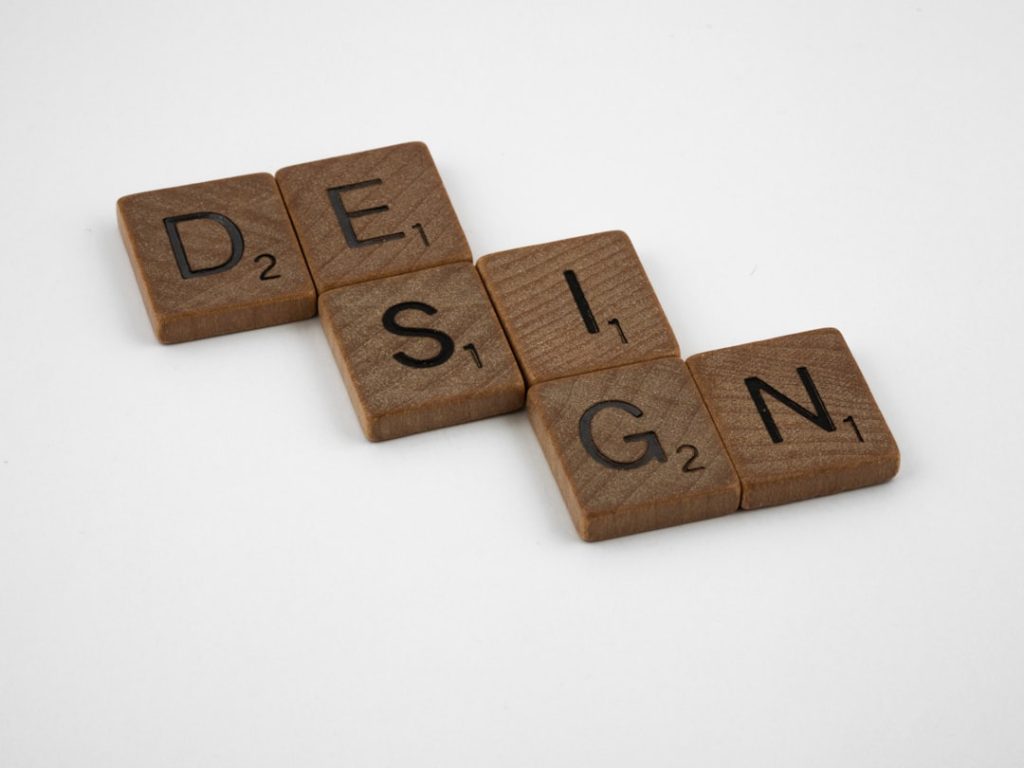Optimizing Your Online Presence: New Jersey Web Design
In today’s digital landscape, a robust online presence is not merely an option; it is a necessity for businesses of all sizes. The internet serves as the primary platform for consumers to discover products and services, making it imperative for companies to establish a strong foothold online. A well-crafted online presence enhances brand visibility, fosters customer engagement, and ultimately drives sales. For instance, a study by Google revealed that 76% of consumers who search for something nearby visit a business within a day. This statistic underscores the critical role that an effective online presence plays in attracting local customers. Moreover, a strong online presence allows businesses to build credibility and trust with their audience. In an era where consumers are inundated with choices, having a professional website and active social media profiles can set a company apart from its competitors. A well-designed website not only showcases products and services but also communicates the brand’s values and mission. For example, companies like Apple and Nike leverage their online platforms to create immersive experiences that resonate with their target audience, reinforcing their brand identity and fostering loyalty. Key Takeaways A strong online presence is crucial for businesses to reach and engage with their target audience. Choosing the right web design company in New Jersey is essential for creating a professional and effective website. Responsive design is necessary for ensuring that websites are mobile-friendly and accessible on all devices. Utilizing SEO strategies is important for improving online visibility and driving organic traffic to the website. Integrating social media marketing into web design can help businesses connect with their audience and drive engagement. Choosing the Right Web Design Company in New Jersey Assessing a Web Design Company’s Capabilities When evaluating potential partners, businesses should consider factors such as portfolio diversity, client testimonials, and industry experience. A company that has successfully designed websites for various industries will likely have the versatility needed to create a tailored solution that meets specific business needs. The Importance of Communication in Web Design Communication is key when choosing a web design partner. A company that prioritizes collaboration and actively seeks input from its clients can ensure that the final product aligns with the client’s vision. This approach helps to prevent misunderstandings and ensures that the website meets the client’s expectations. Successful Web Design Partnerships Firms like Blue Fountain Media and Hudson Integrated have built reputations for their client-centric approaches, often involving clients in the design process to create websites that truly reflect their brand identity. By fostering open lines of communication, businesses can ensure that their web design project runs smoothly and meets expectations. Incorporating Responsive Design for Mobile-Friendly Websites With mobile devices accounting for over half of all web traffic, incorporating responsive design into a website is essential for reaching today’s consumers. Responsive design ensures that a website adapts seamlessly to various screen sizes, providing an optimal viewing experience whether accessed on a smartphone, tablet, or desktop computer. This adaptability not only enhances user experience but also positively impacts search engine rankings, as Google prioritizes mobile-friendly sites in its search results. For example, consider the case of Starbucks, which has successfully implemented responsive design across its website. Users can easily navigate the site on any device, whether they are looking for store locations or exploring menu options. This level of accessibility encourages user engagement and increases the likelihood of conversions. Businesses that neglect mobile optimization risk alienating a significant portion of their audience, as users are likely to abandon sites that are difficult to navigate on their devices. Utilizing SEO Strategies to Improve Online Visibility Search Engine Optimization (SEO) is a critical component of any digital marketing strategy aimed at improving online visibility. By optimizing website content for relevant keywords, businesses can enhance their chances of appearing in search engine results pages (SERPs). Effective SEO strategies encompass various elements, including keyword research, on-page optimization, and link-building efforts. For instance, a local bakery might focus on keywords such as “fresh bread in New Jersey” or “best pastries near me” to attract nearby customers searching for baked goods. Moreover, SEO is not a one-time effort but rather an ongoing process that requires regular updates and adjustments based on changing algorithms and consumer behavior. Tools like Google Analytics and SEMrush can provide valuable insights into website performance and user behavior, allowing businesses to refine their strategies over time. By consistently monitoring and optimizing their SEO efforts, companies can maintain high visibility in search results and drive organic traffic to their websites. Integrating Social Media Marketing into Your Web Design Social media marketing has become an integral part of any comprehensive digital strategy. Integrating social media elements into web design can enhance user engagement and facilitate seamless sharing of content across platforms. For instance, incorporating social media buttons on product pages allows visitors to share their favorite items with their networks, potentially driving new traffic to the site. Additionally, embedding social media feeds directly onto the website can keep content fresh and encourage visitors to follow the brand on various platforms. A prime example of effective social media integration is found in the fashion retailer ASOS. Their website features prominent links to their Instagram feed, showcasing user-generated content and encouraging customers to share their own outfits using specific hashtags. This not only fosters community engagement but also serves as a powerful marketing tool by leveraging social proof. By creating a cohesive experience between their website and social media channels, brands can enhance customer loyalty and drive conversions. Implementing E-commerce Solutions for Online Sales Key Considerations for E-commerce Solutions When selecting an e-commerce solution, businesses should consider factors such as payment processing options, inventory management capabilities, and user experience design. Popular E-commerce Platforms Popular platforms like Shopify and WooCommerce offer robust features that cater to various business needs. A successful e-commerce implementation goes beyond simply adding a shopping cart feature; it requires careful consideration of user experience throughout the purchasing process. Enhancing the Shopping Experience Features such as one-click purchasing and personalized
Optimizing Your Online Presence: New Jersey Web Design Read More »









